Introduction of Boxing
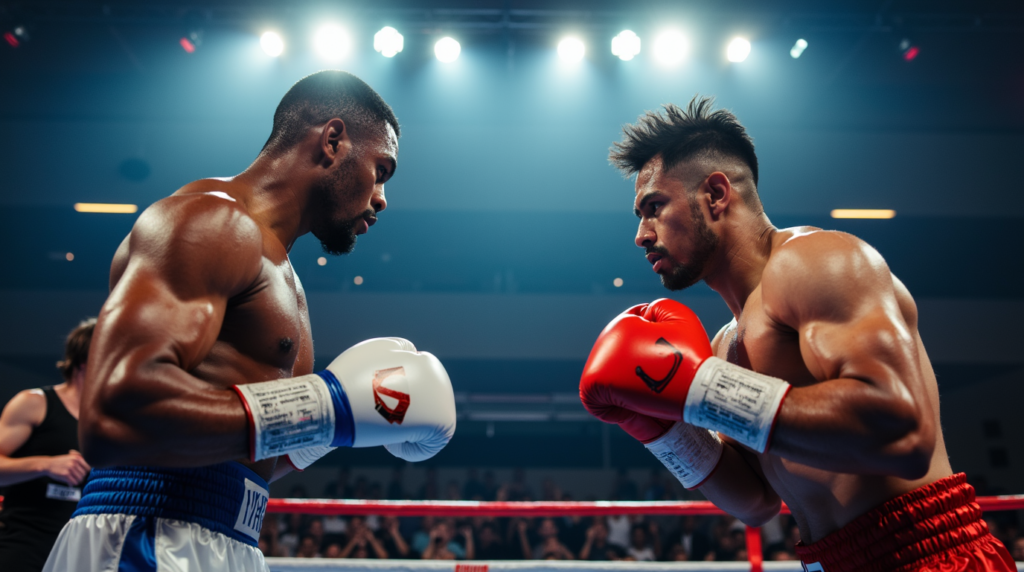
Welcome to the world of boxing, a sport that has transcended generations and borders, rooted in the history of human civilization. From the rudimentary bare-knuckle fights of antiquity to the multi-million dollar spectacles of the modern era, boxing has been much more than a simple exchange of blows: it is a test of will, a display of athletic prowess, and a human drama at its finest.
Boxing, often called the «noble art,» is a discipline that demands more than brute strength. It requires a unique combination of speed, agility, endurance, precision, strategy, and, above all, courage. A boxer must be a master in the art of defense, able to dodge blows with elegance and anticipate the movements of his opponent. He must be an astute strategist, capable of analyzing his rival, identifying his weaknesses, and exploiting them with surgical precision. And, above all, he must have a lion’s heart, willing to endure pain and adversity to achieve victory.
But boxing is much more than an individual sport. It is a global community, united by a passion for combat and respect for tradition. From the trainers who dedicate their lives to shaping champions to the fans who fill the stadiums to cheer on their idols, boxing is a cultural phenomenon that connects people of all ages and backgrounds.
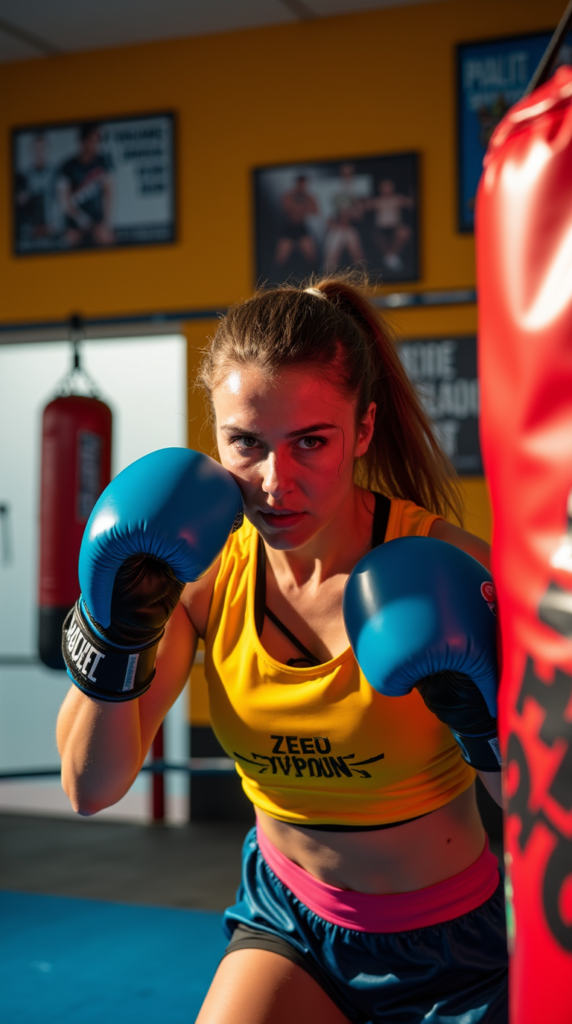
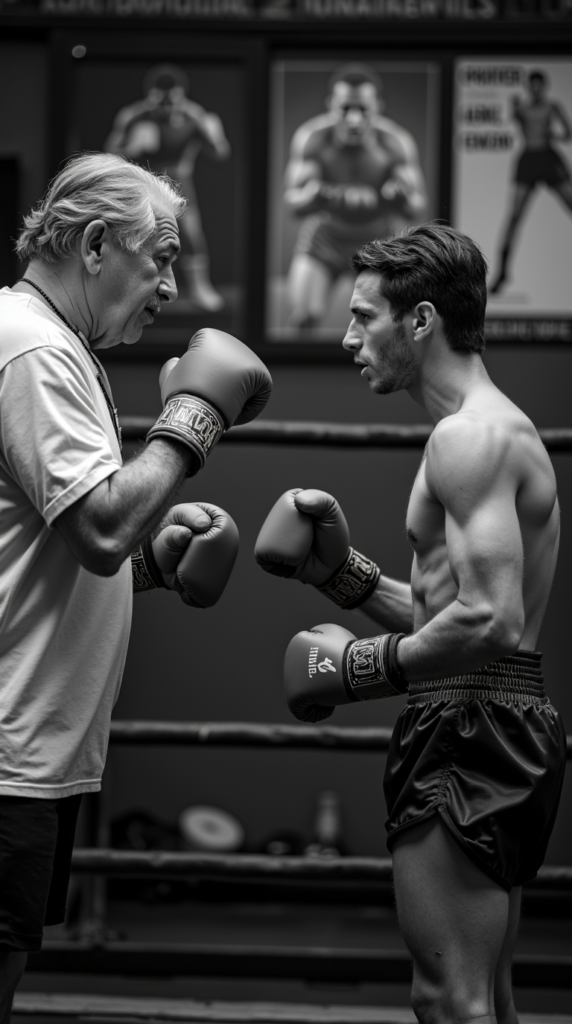
The History of Boxing
Boxing, in its purest form, is as old as civilization itself. The earliest traces of bare-knuckle combat date back to ancient Sumeria, around 3000 BC. In ancient Egypt, reliefs were found depicting wrestlers with rudimentary hand protections. But it was in ancient Greece that boxing began to take shape as an organized sport.
The Greek Origins: Olympic Pugilism
Boxing, known as «pygme» or «pyx» by the Greeks, was introduced to the Olympic Games in 688 BC. Athletes fought with their hands wrapped in leather straps, and the fighting could be brutal and prolonged. There were no rounds or time limits, and the fight ended when one of the combatants surrendered or was knocked unconscious. Boxing was considered a symbol of courage and virility, and the champions were revered as heroes.
Rome: The Bloody Spectacle of the Gladiators
With the expansion of the Roman Empire, boxing became an even bloodier and more brutal spectacle. Gladiators, often slaves or prisoners of war, faced each other in death matches to entertain the masses. Gloves were hardened with metal, and fights became more violent and deadly. While these practices are far removed from the modern sport, they laid the foundation for the popularity of hand-to-hand combat.
The Middle Ages and «Prize Fighting»: The Resurgence of Boxing in England
After the fall of the Roman Empire, boxing disappeared from the public scene for centuries. It re-emerged in England in the 18th century, in the form of «prize fighting», bare-knuckle fights held in public squares and taverns. These fights were illegal and unregulated, and often ended with serious injuries or even death. However, «prize fighting» attracted a large following and laid the foundation for modern boxing.
The Queensberry Rules: The Modern Era of Boxing
In 1867, the Marquis of Queensberry introduced a new set of rules that transformed boxing into a safer and more regulated sport. The Queensberry rules established the use of padded gloves, the duration of rounds, the protective count, and the prohibition of hitting a fallen opponent. These rules laid the foundation for modern boxing and helped legitimize the sport.
The 20th Century: The Golden Age of Boxing
The 20th century was the golden age of boxing, with legendary figures such as Jack Johnson, Jack Dempsey, Joe Louis, Rocky Marciano, and Muhammad Ali captivating audiences with their talent, charisma, and epic rivalries. Boxing became a global sport, with world championships recognized around the world.
Boxing in the 21st Century: Challenges and Opportunities
In the 21st century, boxing faces significant challenges, such as competition from MMA, concerns about safety, and the proliferation of sanctioning organizations. However, boxing remains a popular and exciting sport, with new stars constantly emerging and rivalries that capture the world’s attention.
From its ancient origins to its current state, boxing has been a reflection of human society, a mirror reflecting our values, our fears, and our aspirations. In this blog, we will continue to explore the rich history of boxing and analyze its impact on culture and society.
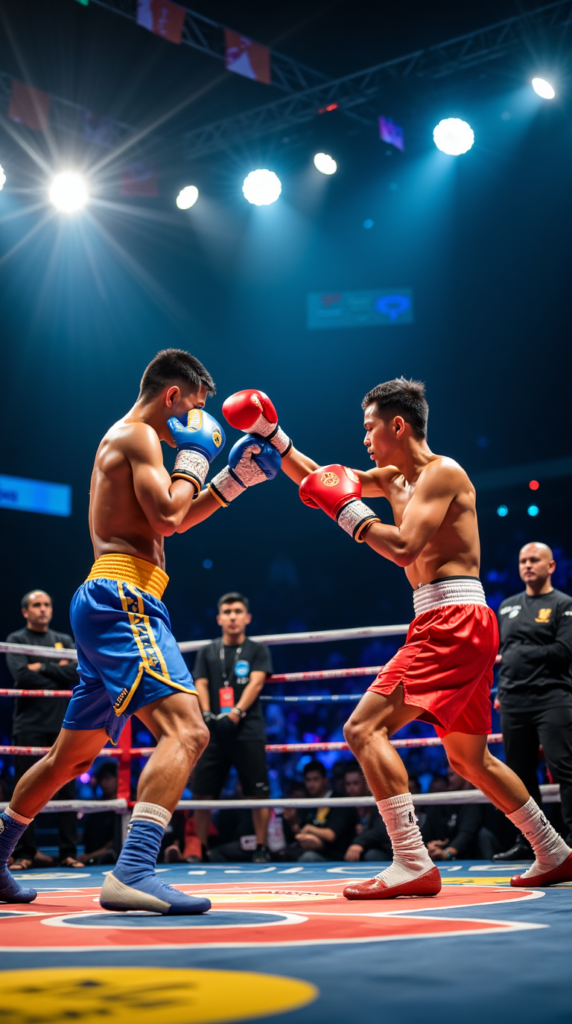
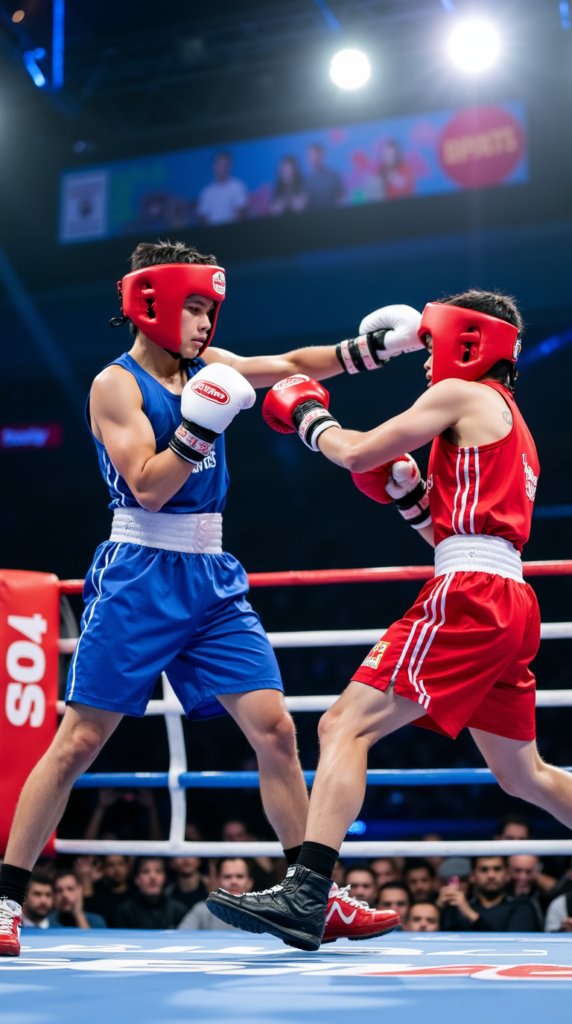
The Legends Of Boxing
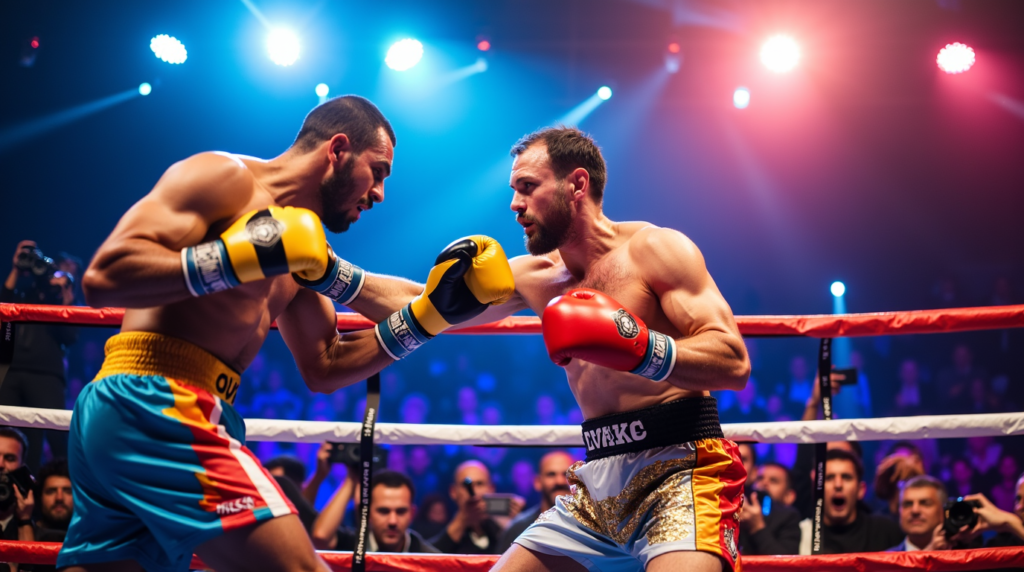
The Techniques and Strategies of Boxing
Boxing, more than a sport, is a legend factory. Throughout history, extraordinary figures have stepped into the ring, not only to fight but to etch their names into the collective memory. These «immortals of the ring» not only dominated their opponents but also embodied the spirit of an era, inspired generations, and redefined what it means to be a champion.
In this blog, we will begin a journey to meet some of the most important legends of boxing, exploring their lives, their careers, and their legacies. Each of these boxers brought something unique to the sport, whether it was their technical skill, their personal charisma, or their social impact.
Jack Johnson: The First Black Champion and a Symbol of Rebellion
Jack Johnson was the first black heavyweight champion of the world, and his reign challenged the racial conventions of the early 20th century. His extravagant lifestyle and his open defiance of racial segregation made him a target of American white society. Despite the hostility he faced, Johnson proved to be a dominant boxer and a symbol of pride for the African American community.
Joe Louis: The «Brown Bomber» and a National Hero
Joe Louis reigned as heavyweight champion of the world for more than a decade, at a time when the United States was struggling with the Great Depression and preparing for World War II. His humility, sportsmanship, and ability to defeat foreign opponents made him a national hero, a symbol of hope and unity in a time of uncertainty.
Rocky Marciano: The Undefeated and the Perfection of Boxing
Rocky Marciano is the only heavyweight champion in the world to retire undefeated, with a perfect record of 49 wins and 0 losses. His aggressive fighting style and unwavering endurance made him an unstoppable force in the ring. Marciano personified determination and hard work, inspiring millions to pursue their dreams.
Muhammad Ali: «The Greatest» and a Global Icon
Muhammad Ali was much more than a boxer; he was a social activist, a poet, and a cultural icon. His skill in the ring was unparalleled, but it was his charisma, his courage to defend his beliefs, and his impact on the civil rights movement that made him a legendary figure. Ali transcended the sport and became a symbol of hope, freedom, and justice for people around the world.
Sugar Ray Robinson: Considered by Many the Best Boxer of All Time
Sugar Ray Robinson, known by many as the best pound-for-pound boxer in history, possessed an unparalleled combination of speed, power, skill, and elegance. His dominance in multiple weight classes and his ability to adapt to any fighting style made him an unstoppable force in the ring.
Coming Soon:
In future entries, we will explore in depth the life and career of each of these legends, as well as other great names in boxing such as Roberto Durán, Marvin Hagler, Mike Tyson, and many more.
Join us on this journey to celebrate the immortals of the ring and discover how their legacies continue to inspire the world of boxing to this day.
Boxing, often simplified as a mere exchange of blows, is actually an intricate ballet of precise movements, calculated strategies, and lightning-fast reflexes. Behind every punch, every dodge, and every feint, there are years of training, a deep understanding of biomechanics, and a strategic mind capable of adapting to any situation.
In this blog, we will delve into the world of boxing techniques and strategies, exploring the fundamentals that separate champions from contenders. We will analyze the different fighting styles, the tactics used to dominate opponents, and the principles that govern the art of boxing.
The Fundamentals of Boxing:
The Stance: The foundation of every boxer, a posture that balances protection and attack capability.
Footwork: The ability to move quickly and agilely, controlling distance and angle.
The Jab: The most basic and fundamental punch, used to measure distance, establish rhythm, and set up more powerful attacks.
The Cross: A straight and powerful punch thrown with the rear hand, often used to counterattack or to finish combinations.
The Hook: A curved punch thrown with the elbow bent, aimed at the body or head, known for its power and ability to destabilize the opponent.
The UpperCut: An ascending punch thrown from below, aimed at the chin or solar plexus, devastating if it connects precisely.
Defense: The art of avoiding punches, using head movement, blocks, parries, and slips.
Fighting Styles:
Out-Boxer: A boxer who relies on speed, agility, and technique to maintain distance and hit their opponent from afar.
In-Fighter (Swarmer): A boxer who prefers to fight up close, throwing flurries of punches to the body and head.
Boxer-Puncher: A boxer who combines the technical skill of the out-boxer with the power of the in-fighter, able to fight at any distance.
Counter-Puncher: A boxer who specializes in counterattacking, using their opponent’s aggression against them.
Key Strategies:
Distance Control: The ability to maintain the optimal distance for your fighting style.
Ring Generalship (Dominating the Center of the Ring): The ability to control the space and force your opponent to fight on your terms.
Variation of Rhythm and Angles: The ability to surprise your opponent by changing the rhythm and attacking from different angles.
Exploiting Opponent’s Weaknesses: The ability to identify and exploit your opponent’s technical and psychological weaknesses.